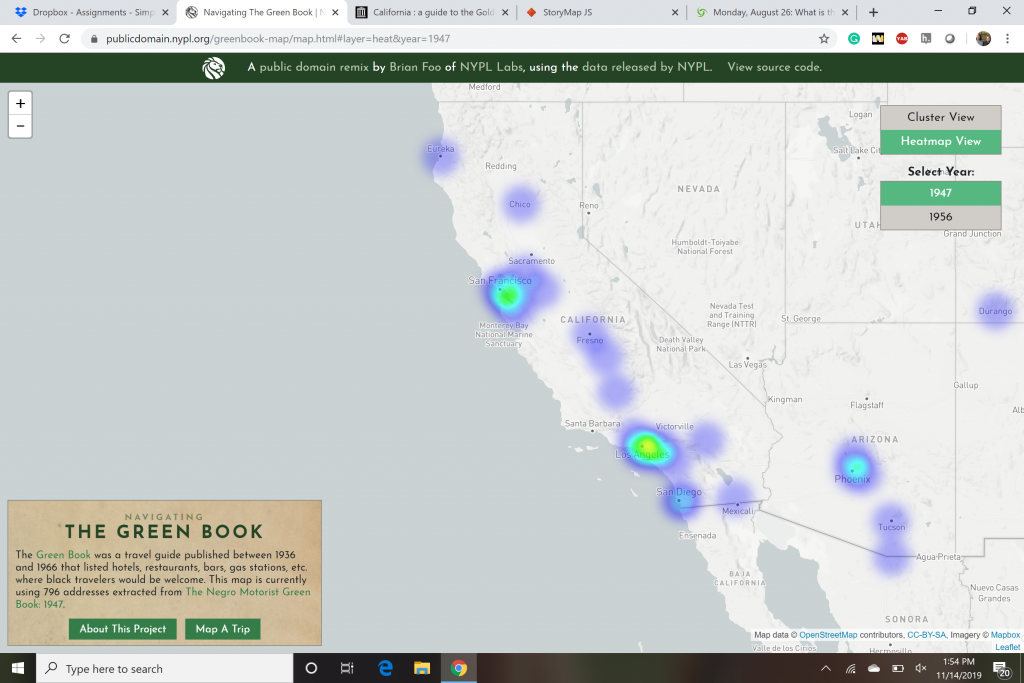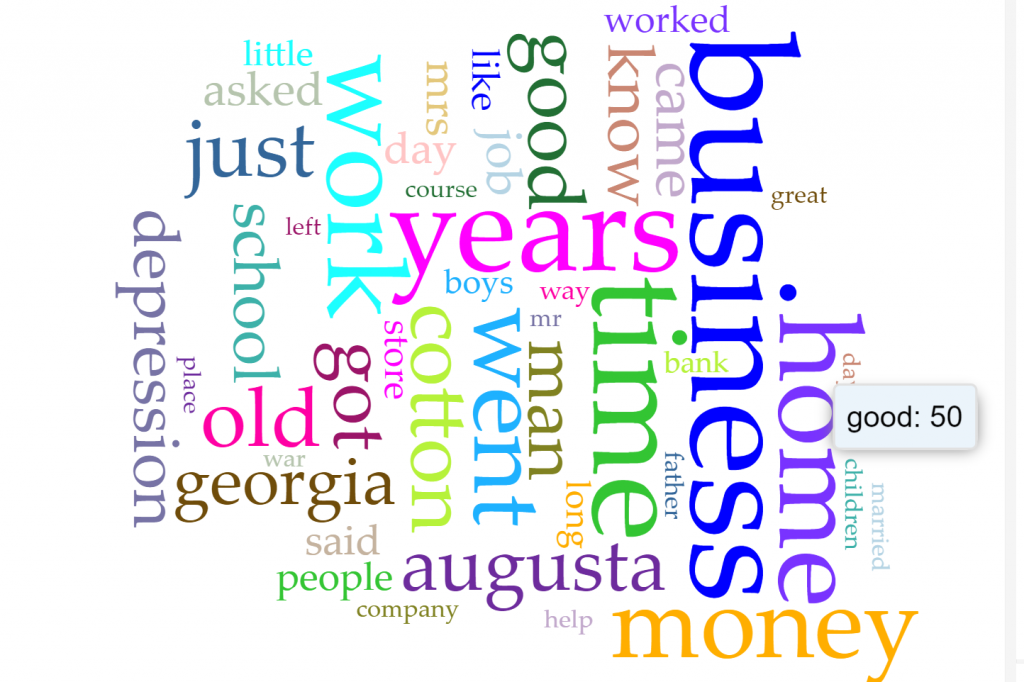My final exhibit is focused on how the perspectives of women have changed throughout the 1930s. I chose this topic because a lot of things happen during this time that allows women to start working and becoming involved in the economy. Several things I will talk about in this post are women in the industry, migrant women, and how they became involved in employment along with many other topics. This post will also include multiple secondary sources that give me background information on my historical question. Lastly, I will go over the digital tools that helped shape my historical question.
The first page of my exhibit, not counting the introduction, is titled “women in the industry”. The digital tool I used on this page was annotated image. This was an important tool for me because I am able to explain my topic to the audience through an image. The picture I chose shows off the women’s skills and how they are capable of doing complex jobs. However, back then it was much more difficult for women to become noticed. During the great depression, women had to try and find jobs because they needed to have enough money to support their families; their husbands could not be the only ones working. The “American Yawp” does a great job of explaining the great depression and how it affected these families. ” the most desperate, the chronically unemployed, encamped on public or marginal lands in “Hoovervilles,” Poor women and young children entered the labor force.” 1.
My second page is focused on migrant women and what their roles were as women during that time. Glitching was the digital tool that I used for this page. I used the famous photo titled “Migrant Women”. In my opinion, this photo was detrimental to this section of my exhibit. I chose glitching because it allows you to look at an image in a way you never thought you could. Through the glitch, I was able to focus on her face which showed great desperation for the future. She looked as if there was no hope left. Many of these families had to migrate to California because of the effects of the dust bowl. They also believed farming in California was more successful which allowed them to make more money. ” This increase in farming activity required an increase in spending that caused many farmers to become financially overextended.” 2.
On the third page of my exhibit, I used text analysis with the digital tool voyant. “Voyant is a web-based tool for text analysis that is designed to combine ease of use with a sophisticated array of visualization methods.” 3.
I analyzed several interviews of women working in New York after the great depression. I wanted to be able to get an idea of what their careers were like before and after the great depression. However, when I looked at the cirrus it was missing some keywords that I thought would show up, such as women and careers. One word that I did find was “Mrs” because they were mainly referred to as their last names. Since the cirrus was not much help I had to try and look closer into the interviews. I was able to find a pattern that was quite unfortunate. I was able to conclude that several of the women struggled to find jobs because they did not hold as much value as men did at the time. A few of them even got into prostitution just to help support their families. At that time we can tell that the perspective of women then was not positive or uplifting. Once the New Deal was established, more jobs became available for women. “the New Deal encouraged a widespread effort among Depression-era Americans to work together to improve their situation and to recognize that America was, a “nation of nations.”. 4.
In conclusion, I learned a lot about the history of the 1930s in this class and the importance of being productive and ethical digital citizens. Before this class, I was uneducated on all the tools we used and learned about. Now I am able to understand the history of the 1930s with a digitized background. I believe that everyone should be educated on the tools we use because they are able to provide a lot of information and increase our knowledge as digitized citizens.
Exhibit link: http://jessicadoeshistory.com/cnd/exhibits/show/perspectives-of-women-in-the-1



